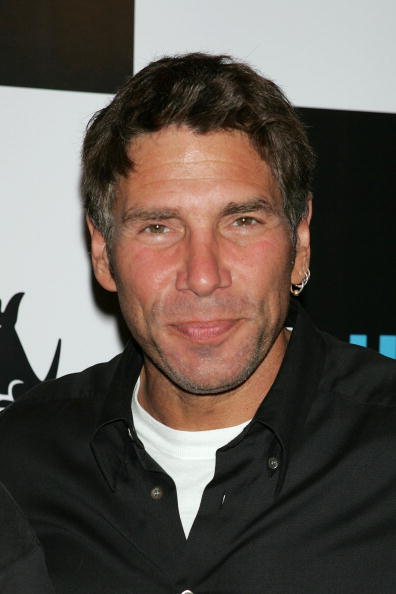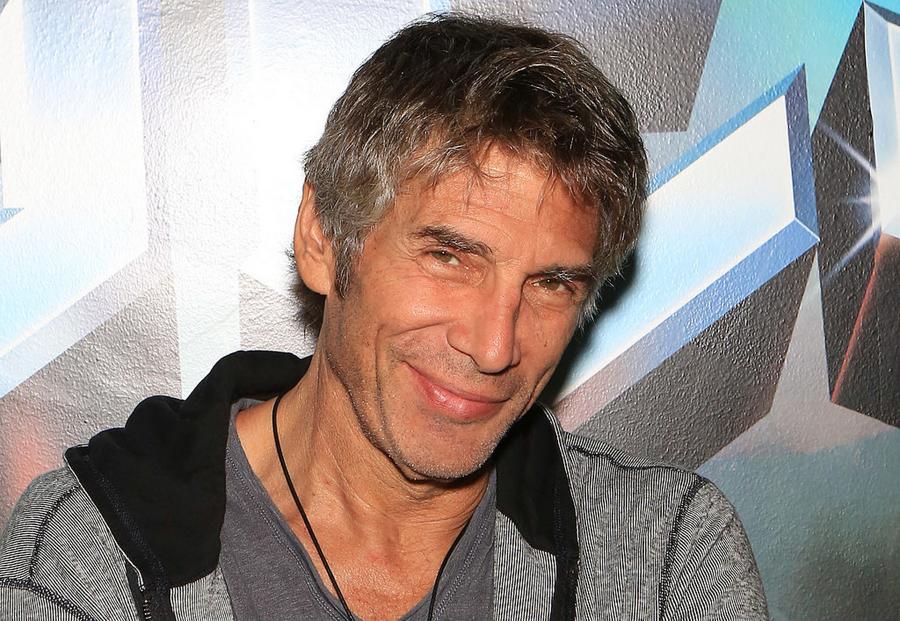What is Mark Goodman's Net Worth?
Mark Goodman is an American radio DJ, TV personality and actor who has a net worth of $2 million. Mark Goodman made broadcasting history as one of MTV's original five VJs when the network launched in 1981, helping to revolutionize how audiences consumed music and establishing the blueprint for music television hosting. Before and after his MTV tenure, he built a respected career in radio, starting at progressive rock stations and later becoming a trusted voice in satellite radio. His conversational interview style and deep musical knowledge helped bridge the gap between artists and audiences during the transformative years of music video culture.
Radio Beginnings
Starting his career in his hometown of Philadelphia at WMMR-FM in the mid-1970s, Goodman quickly established himself as a knowledgeable and engaging rock radio personality. His stint at WPLJ-FM in New York City from 1980 to 1981 further developed his reputation as a serious music journalist and interviewer. His ability to connect with both artists and audiences caught the attention of the executives developing a revolutionary new cable channel dedicated to music videos.
The MTV Years
When MTV launched on August 1, 1981, Goodman, alongside Nina Blackwood, Alan Hunter, Martha Quinn, and J.J. Jackson, became part of a cultural watershed moment. As one of the "Fab Five" original VJs, he helped establish the casual yet informed tone that would define music television hosting for decades to come. His interviews with major artists became memorable moments in music television, including a famous 1983 interview with David Bowie where they discussed MTV's initial lack of diversity in its video rotation.

Scott Gries/Getty Images
Interview Legacy
Goodman's interviewing style set him apart from his peers. He approached conversations with artists as a music fan and industry insider, allowing for deeper discussions about creativity, the music business, and cultural impact. His notable interviews included conversations with Paul McCartney, Bruce Springsteen, and Madonna, among countless others. These interviews often revealed new aspects of well-known artists and helped establish music television as a serious platform for artist expression.
Beyond MTV
After leaving MTV in 1988, Goodman continued to work in various aspects of the music industry. He served as a music supervisor for several films and returned to radio, working at stations like WPIX-FM in New York. His experience and credibility in both radio and television made him a valuable voice in the industry, and he frequently appeared in documentaries and retrospectives about the MTV era.
Current Career and Impact
Since 2004, Goodman has found a home on SiriusXM, where he hosts shows on the '80s on 8 channel and Classic Rewind. This platform allows him to continue sharing his extensive music knowledge and interviewing skills with a new generation of listeners while maintaining connections with the classic rock and new wave audiences he helped build throughout his career.

(Photo by Gabe Ginsberg/FilmMagic)
Cultural Significance
Goodman's role in shaping music media cannot be understated. During MTV's formative years, he helped establish the network's credibility with both artists and audiences. His approach to music journalism demonstrated that television could be a serious platform for music coverage, not just entertainment. The VJ template he helped create influenced generations of music hosts and journalists.
His legacy extends beyond his on-air contributions. As one of the faces of MTV during its most influential period, Goodman played a crucial role in transforming how audiences consumed and experienced popular music. His ability to adapt from radio to television and back again, while maintaining his journalistic integrity and music expertise, serves as a model for broadcasting professionals.
/2013/12/Mark-Goodman.jpg)
/2015/07/Nina-Blackwood.jpg)
/2017/11/Richard-Blade-1.jpg)
/2017/01/Matt-Pinfield-1.jpg)
/2015/01/adam-curry.jpg)
/2017/07/alan-e1499550305338.jpg)
/2019/04/rr.jpg)
/2020/06/taylor.png)
/2020/04/Megan-Fox.jpg)
/2009/09/Angelina-Jolie.jpg)
/2009/09/Jennifer-Aniston.jpg)
/2020/01/lopez3.jpg)
/2009/09/Cristiano-Ronaldo.jpg)
/2019/10/denzel-washington-1.jpg)
/2018/03/GettyImages-821622848.jpg)
:strip_exif()/2009/09/P-Diddy.jpg)
/2017/02/GettyImages-528215436.jpg)
/2013/12/Mark-Goodman.jpg)
/2015/07/Nina-Blackwood.jpg)
/2014/12/Kurt-Loder-1.jpg)
/2017/11/Richard-Blade-1.jpg)
/2017/01/Matt-Pinfield-1.jpg)
/2015/01/adam-curry.jpg)
/2019/01/Kennedy-Montgomery.jpg)
/2009/11/George-Clooney.jpg)
/2009/09/Brad-Pitt.jpg)
/2019/11/GettyImages-1094653148.jpg)